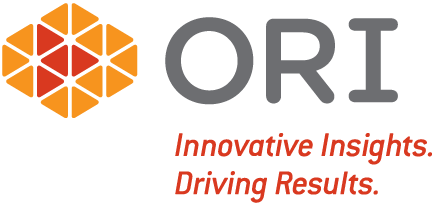Data Integrity: Making Your Data Work For Your Organization
In Harvard Business Review’s The 4 Mistakes Most Managers Make with Analytics, two professors comment on issues that many face with their data:
- Not understanding integration issues
- Not realizing the limits of unstructured data
- Assuming correlations mean something
- Underestimating the labor skills needed
ORI has been at this for more than 30 years now, and we fully concur with these findings. However, we would further add that there are three additional issues that can lead your executive team down a wobbly path: incomplete data, poor data quality, and siloed systems spanning an enterprise.
As we all know, increased data integrity—the degree of completeness, quality, and integration—results in better information for driving key decisions. But with many hands, minds, and systems in the pot, how do we strengthen the quality of our data in an efficient manner? The first practical tip for achieving data integrity involves examining what you don’t have.
Identifying Missing Data
If you’ve ever heard the phrase, “You don’t know what you don’t know,” then you know what we’re talking about. You can request report after report and make decision after decision without missing a beat … until you realize that your decision didn’t account for the 300 additional data points that would have swung you in the opposite direction. To avoid this scenario, try analyzing trends or visualizing key metrics. Software like Tableau enables you to easily visualize your data. With visibility into what you have, quality issues typically emerge—like identifying gaps and/or data inconsistencies that could prevent you from informed decision making. If you have questions about your data or suspect that there are issues with your data-gathering process, engage with a knowledgeable statistician to take a closer look.
It’s completely natural to face data integrity challenges. Recognizing the issue is half the battle—and breaking down the work to remedy the situation into manageable pieces is the other half. Data is a critical organizational asset, the health of which is dependent upon multiple departments and resources across your organization.
Now that you’ve considered the impact of missing data, read on about another key to data integrity: Building a Culture of Quality Data.












